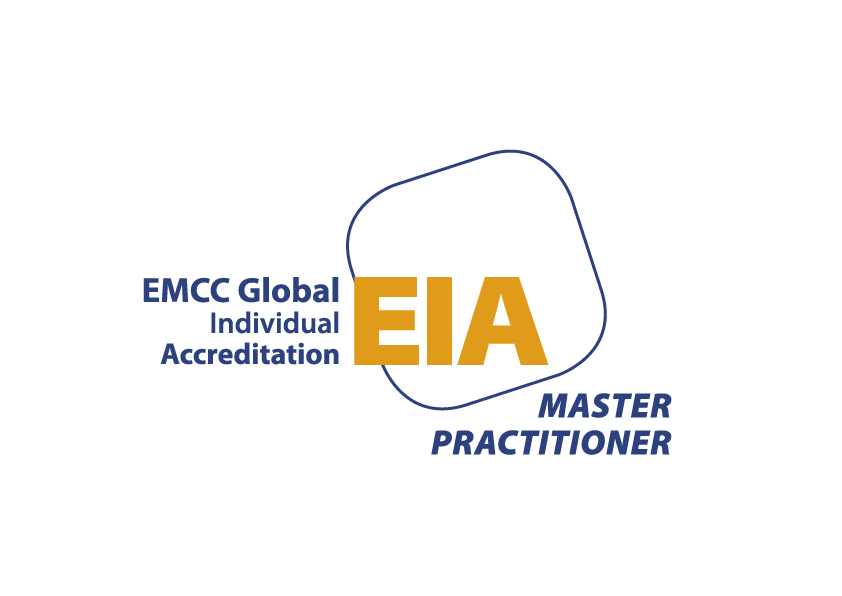3 components of killer facilitation guides
Training programs are the treasure of talent development companies and learning and development departments. They are the shiny coins in their vaults. The programs are handled by wonderful facilitators treasured for their delivery skills and enthusiasm. But, as we all know, people sometimes move on to shinier vaults when offered the opportunity and it is the objective of every company to keep the knowledge safe and sound where it belongs and prevent it from leaving when people move on.
One solution to the coin drain is creating killer facilitator guides. This not only helps the retention of know-how, it also creates clarity for the facilitator, helps new facilitators to come on board quickly and saves on train-the-trainer time. When updated regularly, a good facilitator guide can also capture the learnings that happen from session to session and help create an ever improving product. Overall consistency of the delivery also increases.
Why, then, are many facilitator guides that I have seen sloppy, unclear, confusing and handed over with a “ok, you’ll get it after the train-the-trainer session”? Probably many facilitators are extrovert, conversation oriented folks who just don’t enjoy sitting down for a good write in front of their computers (which is where instructional designers come in… why they then sometimes don’t produce usable trainer guides is beyond me. Ok, that doesn’t happen very often, but it does.)
Here are my 16 tips for a killer facilitator guide that will make sure you get what you need to do instantly:
What it consists of:
- Use an overview document, exercise instruction sheets and notes under slides. The overview document is for giving the trainer an overview (duh), the exercise instructions are detailed instructions for an exercise which can be pulled out when it is delivered and the notes under slides are memory aids (i.e. NOT 1000 words per slide) of what is important for that slide.
The overview document:
- Summarize what the facilitator needs to prepare and bring (preparation and material) on top of the page (as in: if this is the only thing the facilitator will do, at least they will have all the stuff they need… and, say, if it’s a tent, they will wonder what for and read on 🙂 )
- Create a table with columns for “time”, “activity”, “group form”, “material”
- Give each section / module of the training a heading, e.g. “Welcome”, “Executive Presence explained”, “Practicing mindfulness”, “Feature, Advantage, Benefit” that speaks to the facilitator
- Start each activity (presentation, exercise, role play …) with a short explanation of what it is for and what the facilitator should focus on: “The tower-building-activity gives participants a first hand experience of team-work and helps them discover what they are doing that is already working”
- Mention the activity in 10 words: “Conduct tower-building activity” – see sheet 1 (further explanation will be in the numbered exercise sheet)
- Collect and publish the best debrief questions e.g.: “What are some things that went well in the tower-building-activity that you would like to have more of in your daily life?”
- Do not include flipchart photos in the overview – use a separate document, if you’re really savvy, have everything in one folder and work with hyperlinks to flipchart pics and exercise sheets.
- Do not create overview documents that are longer than 2 pages per day (the facilitator will have it on a table during the facilitation and will always know where he / she is and how he / she is doing time-wise)
Exercise instruction sheets:
- Again, prep and materials go on top
- Explain in detail what the exercise is aiming for: why are you conducting it? What is your purpose? If you can’t find one apart from “it’s fun”, well, maybe then you should look for a career in entertainment.
- Give numbered detailed descriptions of the steps and the instructions (e.g.: 1) Explain the rationale for the exercise 2) Divide the group into groups of 4 3) Hand out paper, scissors, the instructions for the exercise 4) Ask the group to build a … 5) Debrief with following questions
- Mention the debrief questions that get at the purpose of the exercise and the connection to the real life of the participants
- If you want to be really luxurious: include pictures of when you have run this exercise before with happy, engaged, enthusiastic participants (who, obviously, have agreed to their photo being used)
Notes under slides:
- Do NOT insult the intelligence of your facilitator by putting in too much detail. I have often seen US-American programs that have 2000 words under a slide like: 2 min. Ask: “How many wolves are in the fairy tale of Little Red Riding Hood?” Elicit following answers: “One wolf”
- The facilitator will look at the slide in presentation mode, so you have maybe 5 sentences that he / she will be able to read quickly and use when presenting. Could be things like: “Refer to our health and safety strategy” or “Tell a sales story about how “divide and multiply” got you to buy something” or “Attention!!! Ask “what is your favorite product in our range” before showing the next slide”. All detailed information about the content should be in the participants’ guide and, anyway, you hope that the content of what the facilitator is presenting is something he or she knows about (… there are exceptions … but then …)
If you find yourself thinking: “But I don’t have the time” – give me a ring and we can work on documenting and possibly improving your program. In the long run, it will keep your shiny little preciouses in the vault, where they belong.




